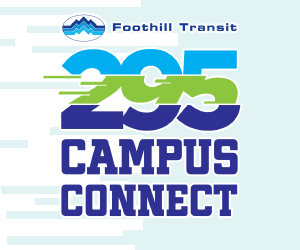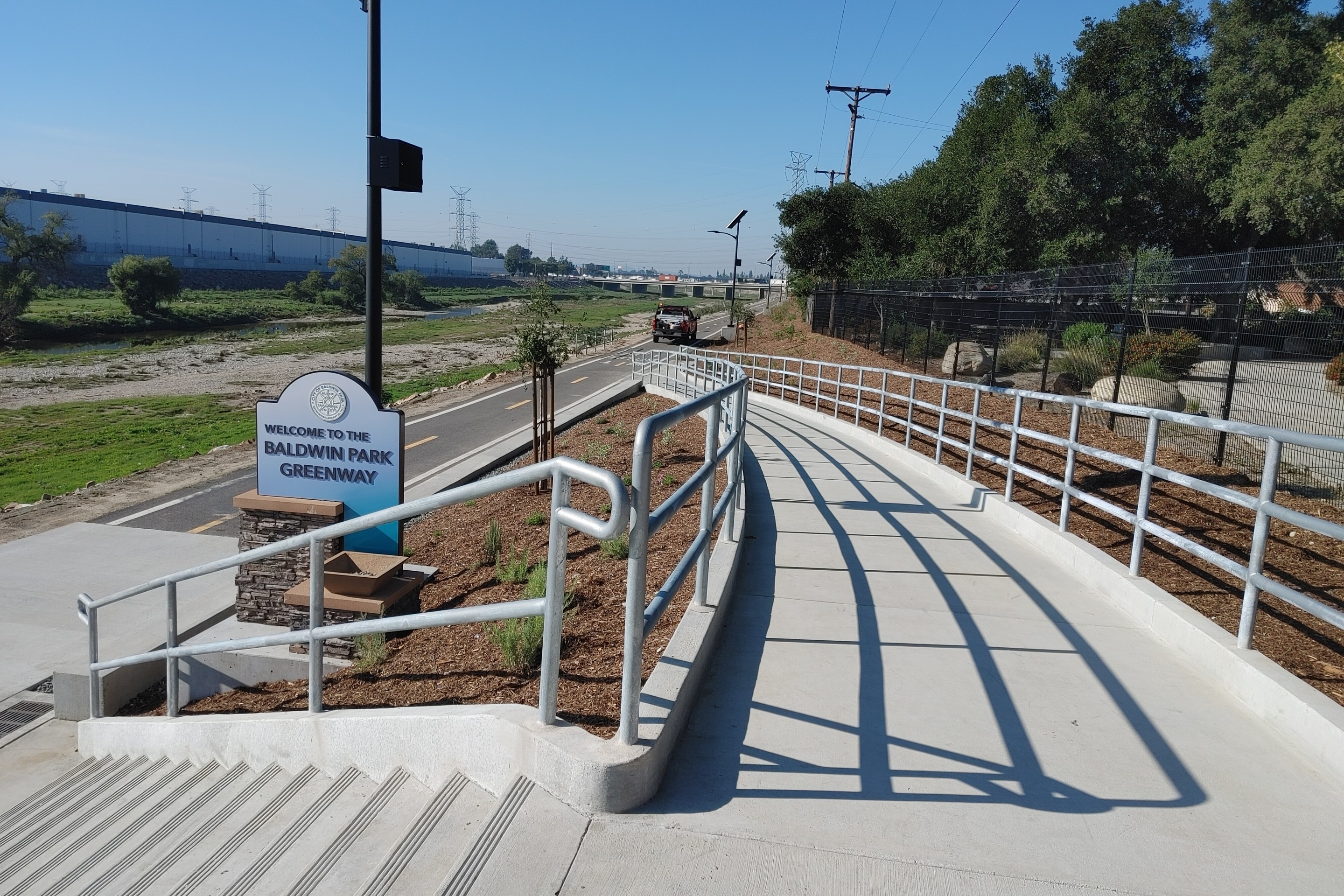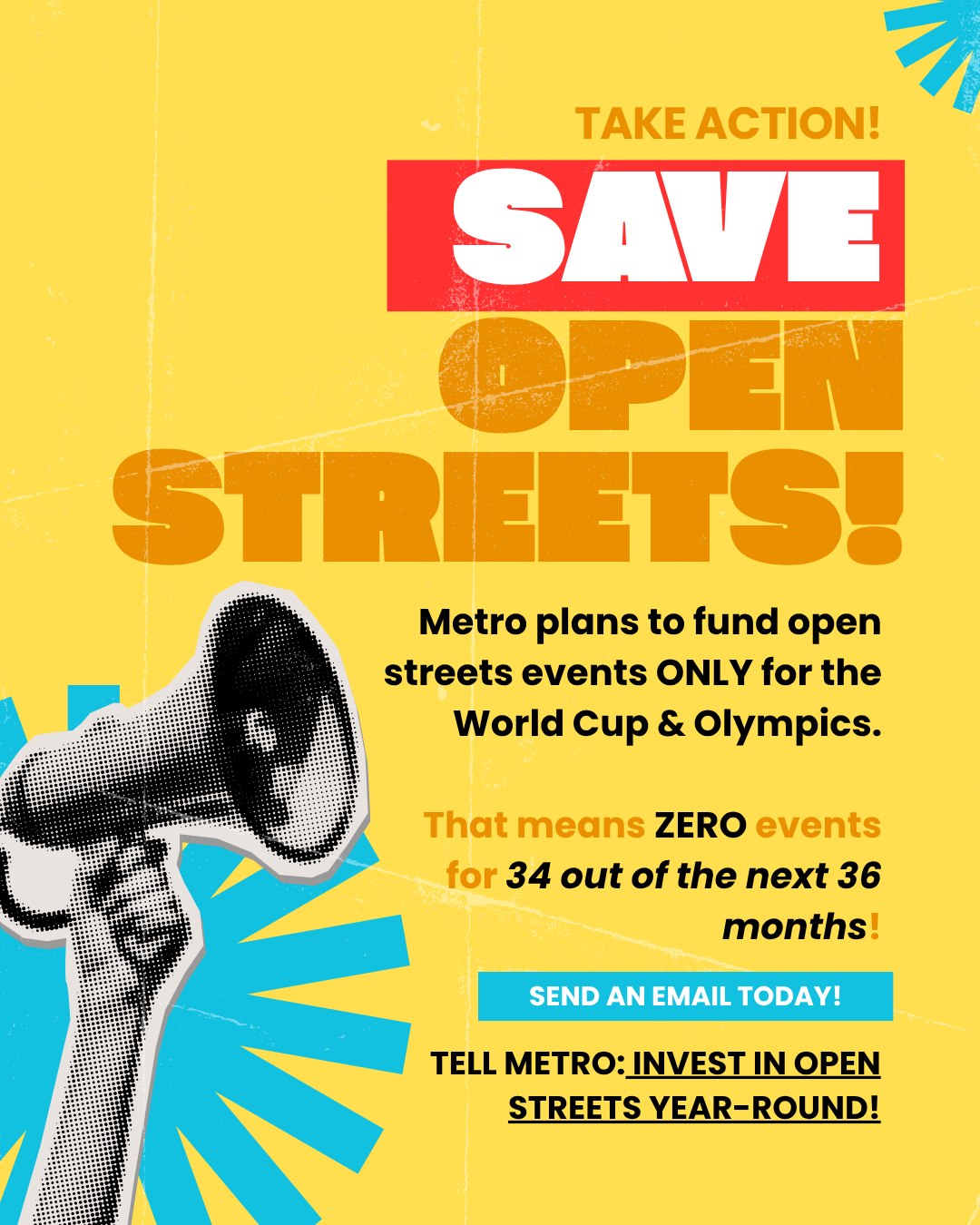It was a bit anticlimactic when the Metro board of directors approved plans for Vermont Avenue Bus Rapid Transit (BRT) yesterday. The approval was on the consent calendar, meaning no discussion.
Metro has been studying some form of Vermont bus improvements for at least a decade.
Metro project planners' basic assumptions for Vermont appear to be that it's ok to remove some on-street parking to speed up buses, but wherever there is a hint of a trade-off between cyclist safety and on-street parking, the parking wins.
This sort of assumption leads to things like Metro claiming adding/upgrading bike lanes on Vermont would mean demolishing buildings to widen the street: [quotes from Metro presentation]
Due to insufficient roadway widths, the addition of... bike lanes... is not included [in the Vermont BRT plan.]
Modifying the existing roadway widths to accommodate new bike lanes requires additional property acquisition (up to an est. 250-300 properties), parking loss (approx. 1,100 spaces), and additional civil work. [...] Due to potential impacts of incorporating new bike lanes the project would experience delays of up to five years and significant cost impacts of up to $400M beyond the identified funding...
The alternatives then blow up into a sort of facile binary: do you want parking in front of small businesses? Or do you want bike lanes which would take away all the parking, demolish the neighborhood, and kill the project?
There are some space constraints, some real trade-offs. But the constraints are nowhere near as prevalent as they appear in Metro's claims.
In the twelve miles of the Vermont project the roadway width varies between 55 feet and 100+ feet. Streets for All prepared a map showing the constraints.
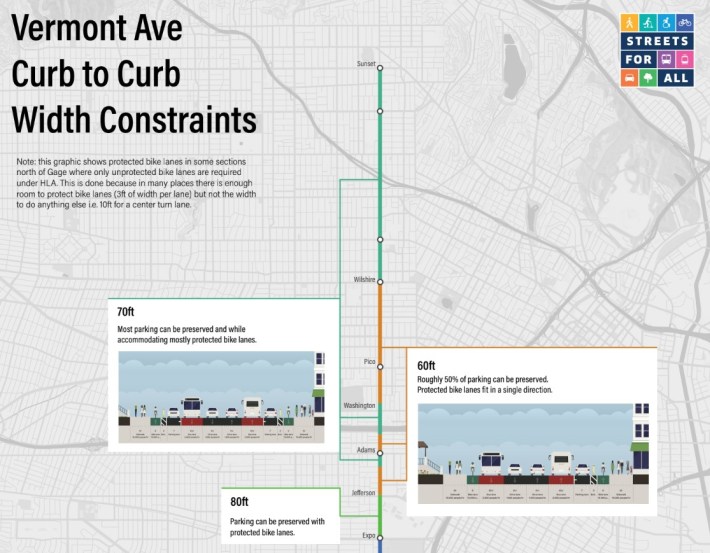
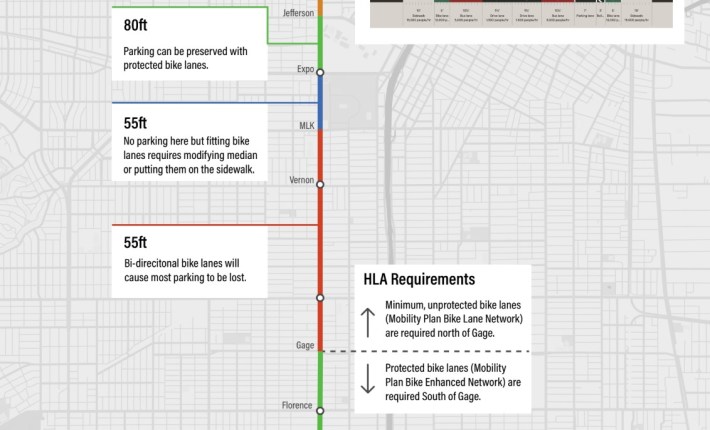
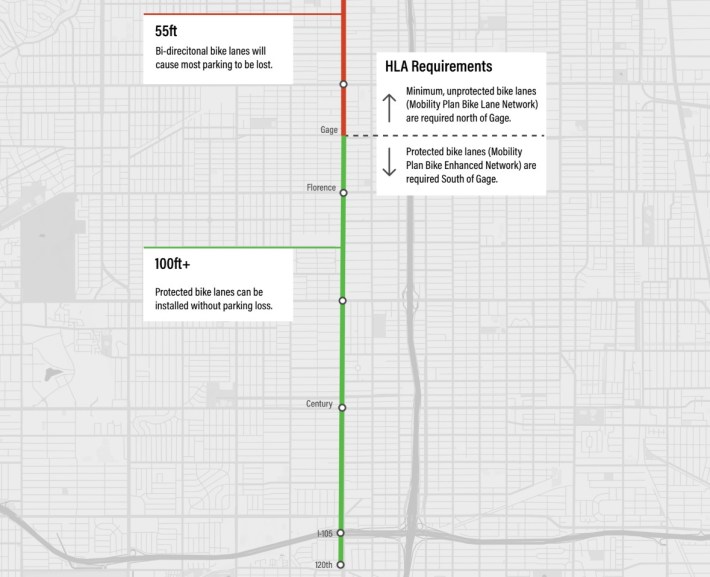
But the focus lately has not been on: where can bike upgrades fit? It's more like: you can't make us.
Last week saw Metro lawyers claim that Measure HLA does not apply to Metro projects. The truth is that it's complicated.
When the Vermont BRT item [staff report] was heard in committee last week, there were 40+ public commenters. All public comment supported transit improvements; several urged Metro to go further in prioritizing walk and bike safety. A BikeLA call to action reiterated mobility advocates' demands for a more multimodal project. The committee voted to approve Metro staff's recommended can't-do-bikes design.
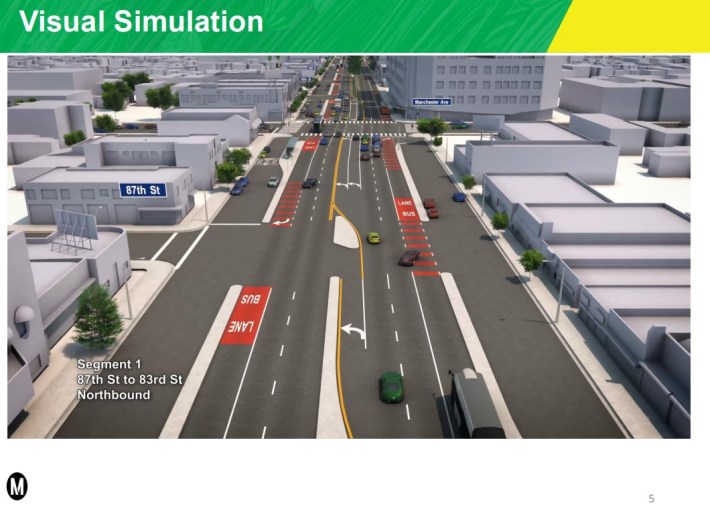
This week Streets for All (SFA) submitted a letter to Mayor Karen Bass, urging her to ensure that the Vermont BRT project comply with the city's Mobility Plan and Measure HLA. Streets for All states that not adding the required bus/bike/walk facilities would be fiscally irresponsible, both wasting money and opening the city up to legal liability. SFA requested a month delay in approving the project.
Streets for All copied their letter to Metro CEO Stephanie Wiggins, who responded that a delay would "threaten the viability of the proposed Vermont BRT" and reiterating that "HLA does not apply to Metro."
Then the item sailed through yesterday basically without a peep.
What's next?
Metro and L.A. City will continue to refine the Vermont BRT project design before it proceeds to construction. Theoretically, that process could yield some bike and walk facilities that the past decade of project peregrinations did not.
Streets for All is considering taking L.A. City to court to get the BRT project to comply with city plans.
And that's not all. While the recent flurry of activity has been focused on phase 2 of Vermont improvements (~12 miles of BRT expected to be completed by 2028), some of Vermont's HLA bus/bike/walk issues could come to a head even sooner.
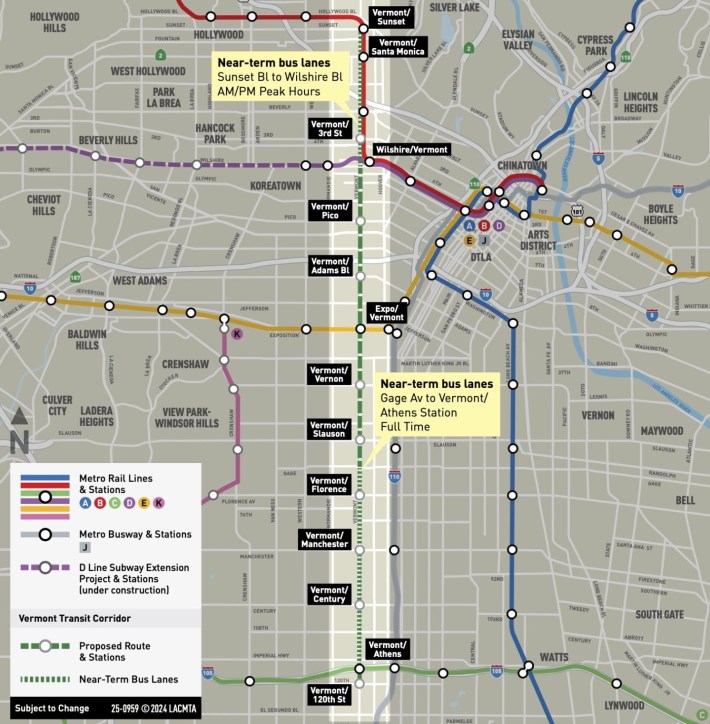
Phase 1 of the Vermont Transit Corridor project, designed by the L.A. City Transportation Department (LADOT), includes two sections of bus-only lanes expected to be completed early this year:
- Sunset Boulevard to Wilshire Boulevard: ~2.5 miles peak-hour bus lanes
- Gage Avenue to the Metro C Line: ~3.6 miles of 24/7 bus lanes
Wiggins' letter states that near-term improvements are "now under construction."
Under HLA, any L.A. City non-maintenance street modification project (longer than one-eighth mile) now requires installation of the city Mobility Plan. If HLA applies, then these near-term bus lanes already require the city to add pedestrian enhancements (crosswalks, curb ramps) and bike enhancements (new bike lanes Sunset to Wilshire, and existing bike lanes from Gage to the C Line upgraded to protected.)
Whether these near-term bus lanes trigger HLA is likely to hinge on what qualifies as a project "undertaken by the city."
(Another stretch of Vermont, between Gage and Florence, that the city's Bureau of Street Services repaved last year also appears to trigger bus/bike/walk upgrades, including fixing missing wheelchair access to Metro bus stops there.)
There's a lot of uncertainty as to how this how this will all shake out. Some of it may be decided in court. Stayed tuned to Streetsblog L.A. for the story.



